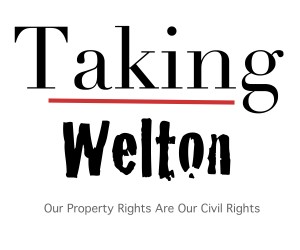Transit- Oriented Development in The States
“Developing property or gaining access to land within close proximity to transit stations is essential for TOD, but put- ting together a tract of land that is large enough to both facilitate transit and warrant private investment can be a major barrier.35 Several states have sought innovative measures to increase land availability near transit. As noted in a report for the American Association of State Highway and Transportation Officials (AASHTO), state departments of transporta- tion (DOTs)—including those in Florida, Illinois and Maryland—have “placed underutilized state-owned parcels out to bid for high-intensity, mixed-use development by the private sector or nonprofit agencies.”36 It further offers that, “[s] tates can also provide technical or financial assistance with land assembly, to create larger parcels that are more suitable for new TOD projects.” page 5
In California, a 2003 amendment to state law allows state agencies to offer any excess land to local entities at the ap- praised value for TOD use.37 In 2009, Tennessee allowed a transit agency in the state to “acquire real property by eminent domain in furtherance of . . . plans for transit adjacent and transit oriented development.”38 Utah’s TOD initiative allows a transit agency to partner with a private developer in a TOD and contribute property owned by the agency near a transit line as its contribution to the project (see pages 6-8 for more detail).”
“Transit choices are helping re-shape the region, and leaders in the Legislature and at UTA have taken note. In 2010, the Utah Legislature passed Senate Bill 272, which developed a mechanism for public-private partnerships to help spur TOD and transit ridership. The main goals of the initiative are to increase density along transit routes, enabling easier access to UTA services and increasing ridership. The measure enabled UTA to become a limited liability partner in five mixed-use TODs near UTA transit stations and rights-of-way where UTA owns property that is not needed for transit- critical operations.49 UTA owns about 200 acres of underused, tax-exempt land because—due to its lack of eminent domain authority—it must sometimes buy larger-than-necessary lots to build new transit lines. Under the law, UTA may contribute property along transit lines to a limited liability partnership. UTA also acts to provide oversight and ensure that project decisions not only are financially prudent, but also will result in increased ridership and revenues for the transit system.
The private developer—selected through a request for qualifications process—must make an equity contribution to the partnership of at least 25 percent of the value of the property contributed by UTA. UTA will receive a return on its capital contribution and a share in the profits to offset future operating costs that otherwise would be funded by taxes and fares. The pilot program already has partnered in two large mixed-use developments slated to break ground in 2012 and 2013.” page 7
“The law also requires that each regional transportation authority must have a board that is to develop a plan for opera- tion and expansion of mass transit services in the authority’s region. The plan also must have an overview of the au- thority’s intent to pursue transit-oriented or transit-adjacent development. The law allows the authority to purchase or acquire real property by eminent domain in furtherance of the authority’s transit and transportation plans and plans for transit-oriented or transit-adjacent development. The law defines and lists the methods by which the authority may raise money for building and operating a transit system.” page 24
Shinkle, Douglas. ‘Transit- Oriented Development in The States’. National Conference of State Legislatures December 2012.
*
